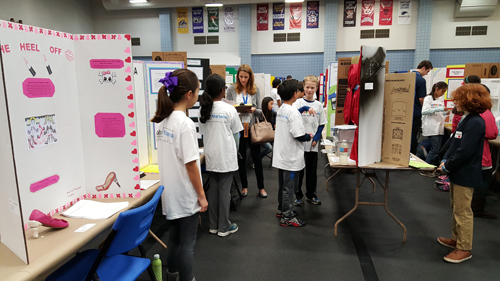
Learning about science used to involve dusty textbooks, the dissection of frogs and chalkboard benzene ring renderings. Judging by the experiments OC kids are up to at extracurricular school clubs and educational camps, science has become considerably cooler.
These days, kids are learning about physics through bungee-diving Barbies, engineering through flying Legos and trigonometry through leaps from moving Ferris wheels. Indeed, educators and camp directors are finding innovative ways of engaging children as they strive to strengthen a passion for science, technology, math, art and engineering (STEAM) subjects.
It’s an effort that’s being made on both local and federal levels. The U.S. Department of Education issued a letter to states and school districts across the nation.
“Too often many of our students, especially those who are most vulnerable, do not have equitable access to high-quality STEM and computer science opportunities, which are part of a well-rounded education and can change the course of a child’s life,” said then-U.S. Secretary of Education John B. King Jr. “We are committed to ensuring that all students have the same opportunities to access a rigorous and challenging education.”
If the experiments below are any indication, OC students and camp attendees are getting just that.
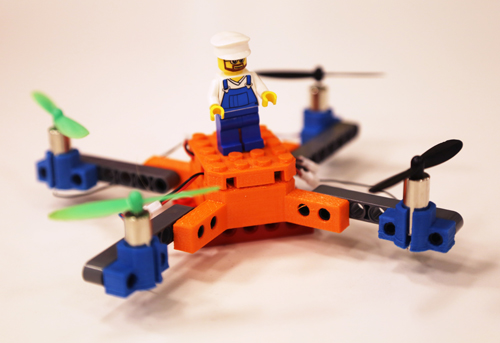
Lego Drones
We all know pigs can’t fly — but can Legos? Thanks to a new BrainStorm STEM Education experiment, the answer is “yes”. Students at the tech-based academy recently brought building blocks to flight using custom-made bricks equipped with drone software.
“I was always fascinated with flight,” says BrainStorm chief executive Darren Jones. “The real goal of this project was to make a drone class that would allow kids to build using a medium they’re comfortable with and the ability to customize them in any way they wanted. Lego doesn’t make these pieces so we had to create a set of custom bricks that would allow students to incorporate drone hardware into the projects.”
Since standard Lego pieces couldn’t accommodate drone development, students turned to BrainStorm’s fleet of 3D printers to successfully complete the construction. The team went through an extensive development process — and worked through multiple revisions — before creating a design compatible with existing Legos and drone pieces. Participants, ranging in age from nine to 14, took a lot from the experiment.
“It has been proven that the learning process is more effective when kids are engaged,” says Jones. “Our whole methodology is finding things kids love to do and figuring out a way to tie in all the different lessons we’re trying to get across and have them learn during the process. Taking things like Minecraft, Lego and video games, and turning them into a tool for learning is where we’ve seen the most success.”

Barbie Bungee
Barbie gets a bad rep from critics who say she’s a poor role model for girls. If only they knew the lessons the iconic blonde is teaching Rosary Academy teens. Physics students at the all-girls school recently sent Barbies flying — all in the name of science. They were conducting a “Barbie Bungee Jump” to determine how close the doll could come to the ground without touching it.
“I wanted to make physics fun by showing how applicable it really is,” says teacher Matthew Emrick. “Architecture, as an operational engineering business, is one of the many career options where the knowledge of physics is necessary, and has fewer women as leaders. This type of project allows them to see a real-world application for science, and it opens up a world of possibilities they may never have considered.”
The idea for the experiment stemmed from a Mattel bid request that called on architecture firms to create the most thrilling, safe and budget-conscious bungee apparatus for a new “Barbieland” attraction. Rosary Academy students, divided into groups of three or four, worked under similar guidelines to create their own devices.
They conceptualized designs, researched, acquired equipment and performed tests. Elements of fashion design, budgeting and physical science were also incorporated into the experiment. The students performed trial jumps in order to determine the number of bungee cord links they would need for a 13-foot drop. Final jumps were performed at lunchtime in front of the entire school.
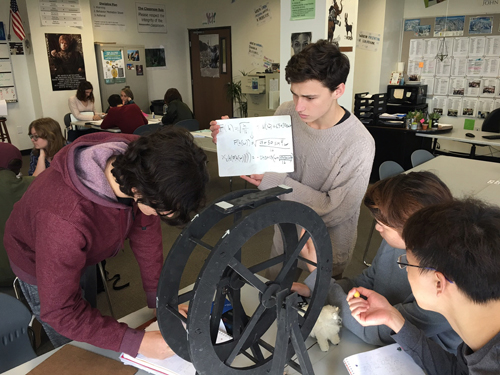
Ferris Wheel Leap
Learning about math is a circus at Orange County School of the Arts — and we mean that in the best possible sense. Interactive math program (IMP) students at the Santa Ana school are tasked with a “high dive” challenge, where they must determine when a circus performer should leap from a moving Ferris wheel in order to land in a tub of water below. (The tub is carried by a moving cart.)
“Because the diver is on a moving Ferris wheel, his height is constantly changing,” says IMP math teacher Jeremy Hansuvadha. “Additionally, the tub of water is also moving, riding along a track directly under the wheel.”
Students must analyze the situation and create several equations representing the mathematical relationships in the program. Then, they must merge the equations together into a single equation, before solving the problem.
“Not only do students have to solve the equation, they have to be able to explain each part of it—how we built it and what it represents,” explains Hansuvadha. “This unit covers so many topics—trigonometric functions, the physics of falling objects, imaginary numbers, components of velocity, the quadratic formula, and function composition—that it takes us about four months to solve.”

Astounding Inventions
Science projects have come a long way since the days of homemade volcanoes and potato-powered lightbulbs. Today’s budding scientists are upping the game with self-constructed hovercrafts, remote-controlled robots and even hybrid cars. (A group of Philadelphia high school students take credit for that last astonishing invention.)
Of course, there’s plenty of talent closer to home, too. It was showcased in January through Astounding Inventions, an Irvine Valley College-hosted fair that features the inventions of students in grades kindergarten through eight. More than 450 students competed for $10,000 in cash and prizes. They were ranked by on originality, usefulness, and written description with illustration.
The event, in its 30th year, was sponsored by Knobbe Martens, an intellectual property law firm with offices in California, Washington state and Washington D.C. Aside from helping fund and judge the competition, Knobbe Martens attorneys file pro bono patent applications for winners from the Irvine and Tustin unified school districts.
“It’s often difficult for students to make connections between what they learn in books and the real world,” says Knobbe Martens partner Lance Smemoe. “The Astounding Inventions competition encourages students to apply scientific principles they learn in class to create something new or make something better.
“When students work through the practical difficulties of turning an original idea into a working implementation, the important things they learn in the classroom really sink in. We hope the sense of accomplishment and excitement they feel spur them to continue their creative thinking and their exploration of how things work.”
By Michelle Thompson

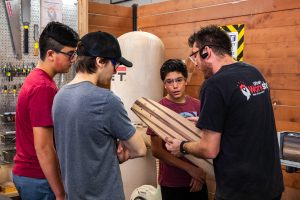



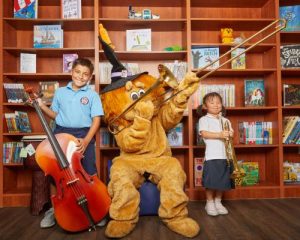

Leave a Reply